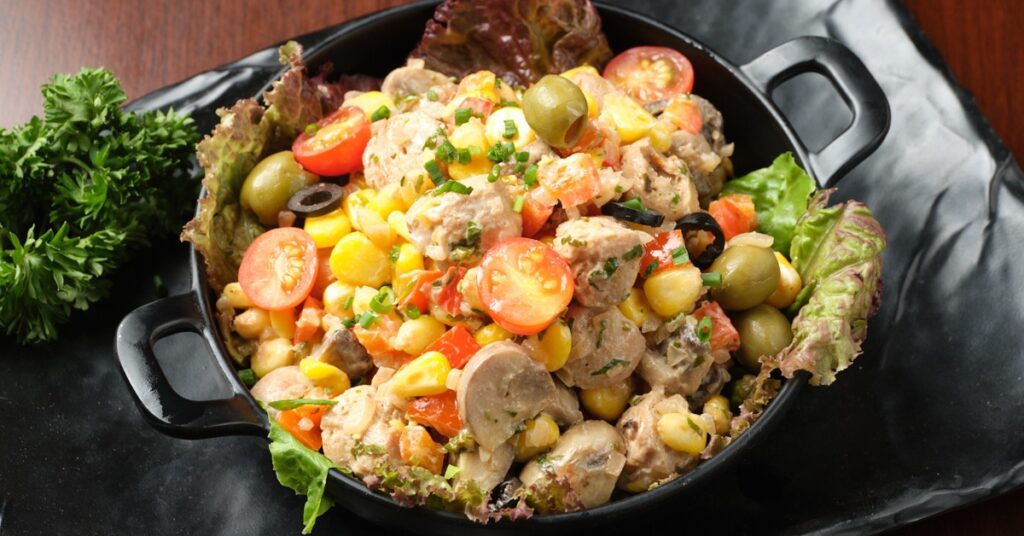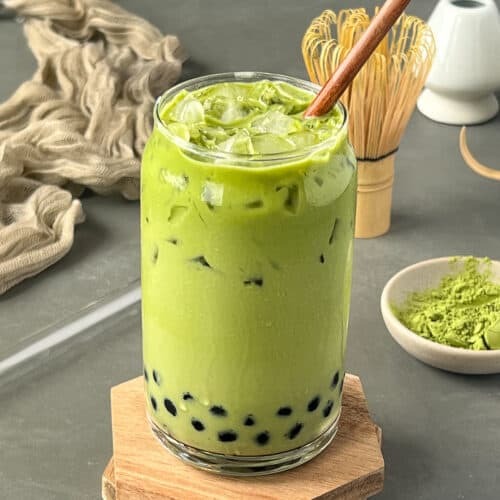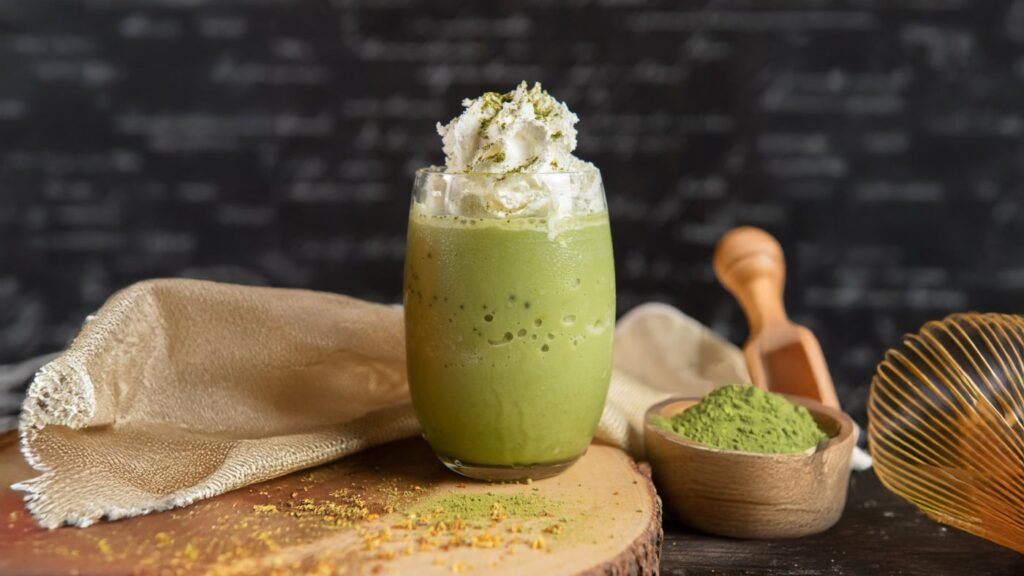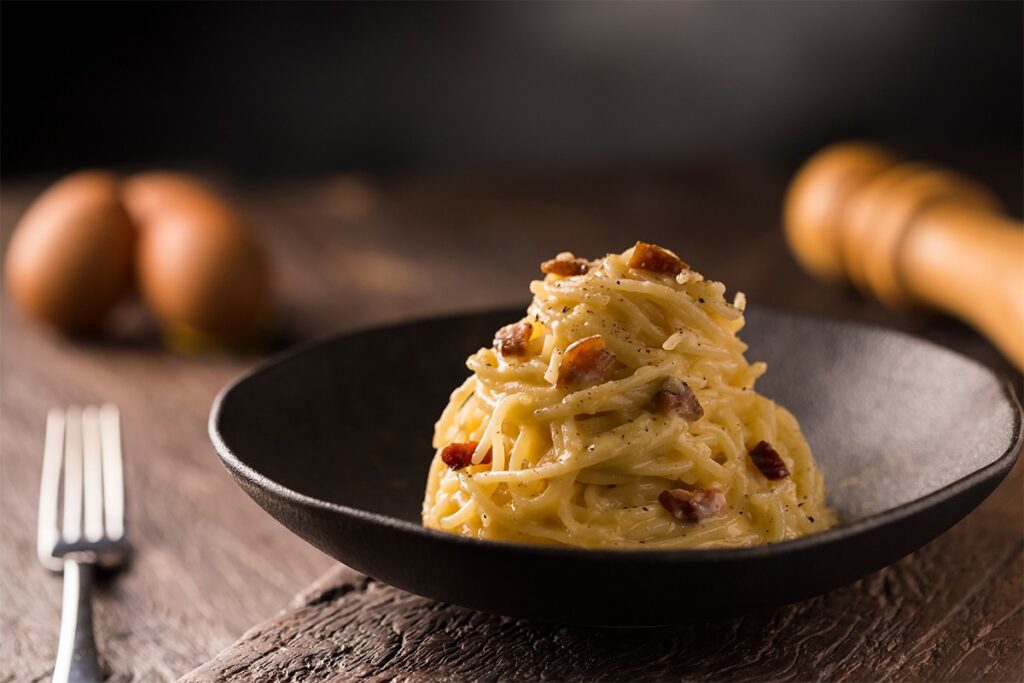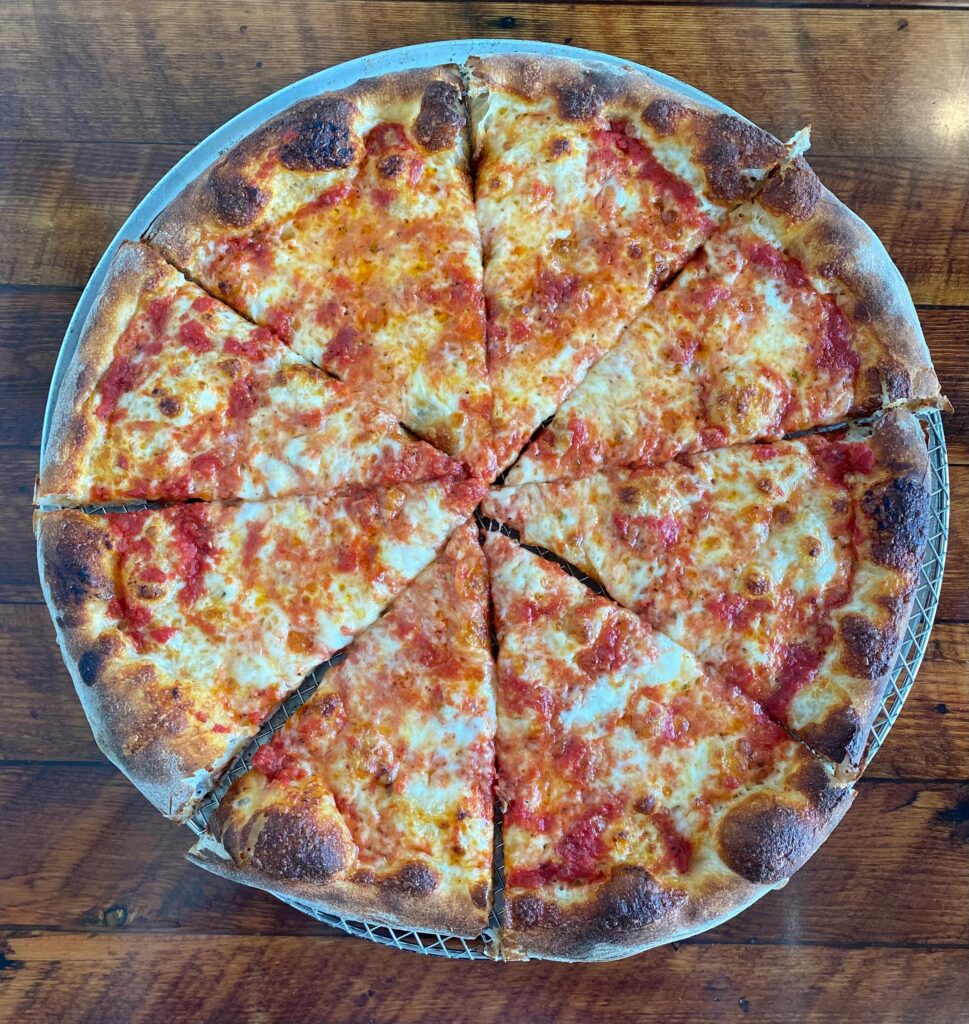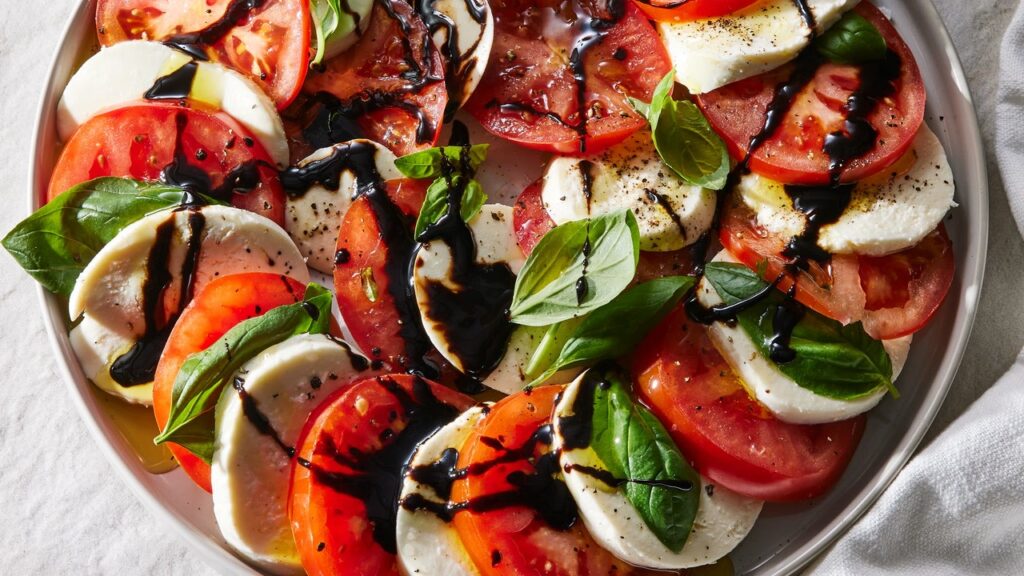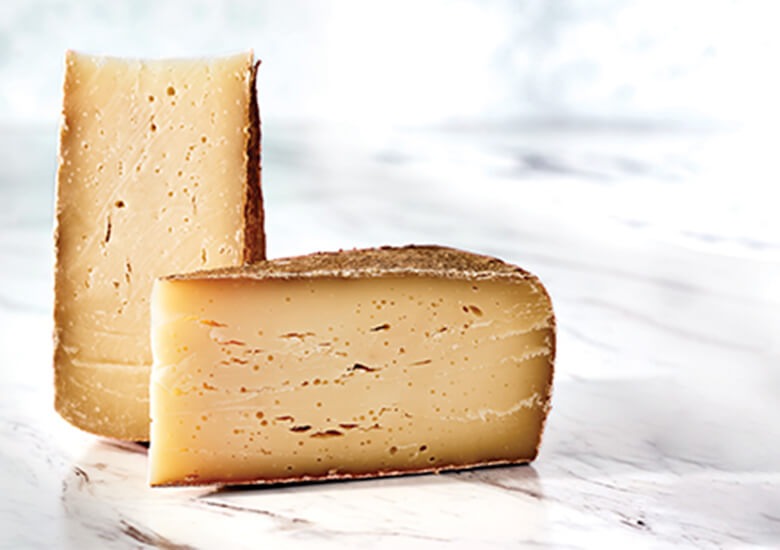In a world where health-conscious choices are gaining momentum, soya salad has emerged as a champion of clean eating. Combining the plant-based power of soybeans with the crunch and color of fresh vegetables, this humble dish delivers exceptional nutritional value without compromising on taste. Whether you’re vegan, vegetarian, or simply seeking a wholesome side, soya salad offers a refreshing and protein-rich option that fits every lifestyle.
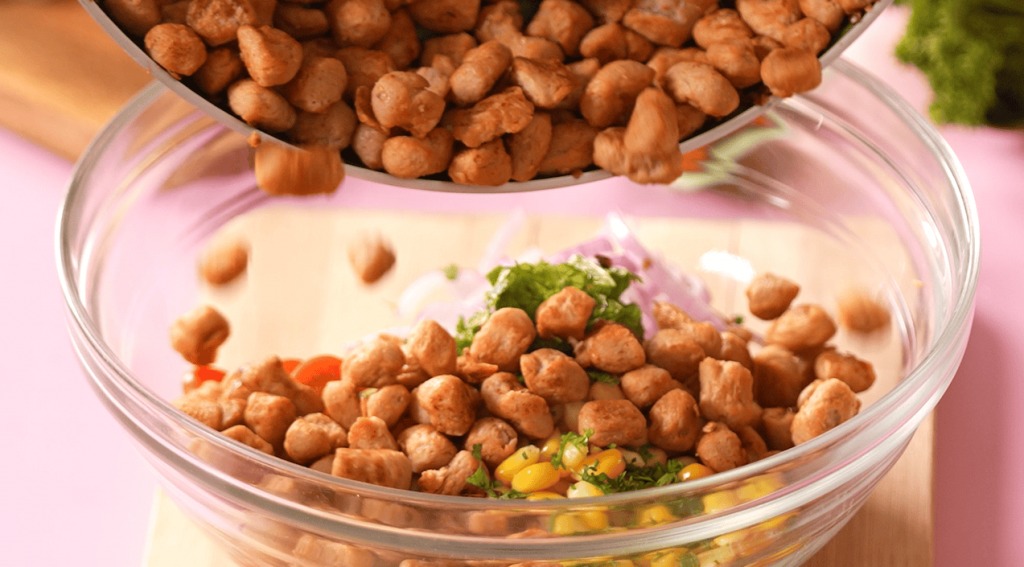
What is Soya Salad?
Soya salad is a protein-packed dish made using boiled soybeans (often soya chunks or edamame), mixed with chopped vegetables, herbs, and a light dressing. It’s known for its versatility, allowing for countless variations based on regional tastes, seasonal produce, or dietary needs.
The base ingredient — soya — is derived from soybeans, a legume native to East Asia and celebrated worldwide for its dense protein content and remarkable health benefits. Combined with vegetables like bell peppers, cucumbers, onions, carrots, tomatoes, and fresh greens, soya salad is as beautiful to look at as it is nutritious.
Nutritional Powerhouse: Why Soya Salad is Good for You
Let’s break down the key benefits of soya salad that make it a regular feature in diet plans, fitness regimes, and wellness menus.
1. Rich in Plant-Based Protein
Soybeans are one of the few plant-based sources that provide complete protein — meaning they contain all nine essential amino acids our bodies cannot produce on their own. This makes soya salad an ideal meal for vegans, vegetarians, and those reducing their meat intake.
A 100-gram serving of cooked soybeans delivers around 16 grams of protein, helping with muscle repair, immune support, and satiety.
2. Low in Calories, High in Fiber
Despite its rich composition, soya salad is low in calories and high in dietary fiber, which aids digestion, promotes fullness, and helps manage weight. The fiber from both soy and raw vegetables supports gut health and keeps blood sugar levels stable.
3. Heart-Healthy Goodness
Soybeans contain isoflavones, plant compounds that are known to improve heart health by reducing LDL (bad cholesterol) and raising HDL (good cholesterol). Regular consumption of soy has been linked to lower risks of cardiovascular disease and hypertension.
When paired with heart-healthy fats like olive oil or avocado in a salad, the benefits multiply.
4. Packed with Micronutrients
Soya is loaded with vitamins and minerals including:
- Iron: Helps in oxygen transportation
- Calcium: Strengthens bones
- Magnesium: Supports nerve function
- Vitamin K: Important for blood clotting and bone health
Add colorful vegetables and you’re enriching your salad with antioxidants like vitamin C, beta-carotene, and folate.
Soya Salad: A Perfect Meal for All Lifestyles
Whether you’re a fitness enthusiast, a busy professional, or someone recovering from illness, soya salad can be tailored to suit your needs. Here’s how:
- For gym-goers: Add grilled tofu or quinoa for an extra protein kick.
- For weight-watchers: Use a lemon-based dressing with zero added sugars or fats.
- For diabetics: Choose low-GI veggies like cucumber, spinach, and beans.
- For kids: Mix in some paneer cubes or sweet corn for flavor and appeal.
The best part? Soya salad requires no heavy cooking, making it an excellent choice for quick lunches, meal preps, or post-workout meals.
How to Make Soya Salad at Home

Here’s a simple and delicious soya salad recipe you can whip up in under 15 minutes:
Ingredients:
- 1 cup boiled soya chunks or edamame
- 1/2 cup diced cucumber
- 1/2 cup cherry tomatoes (halved)
- 1/4 cup red onion (finely chopped)
- 1/4 cup grated carrot
- 2 tbsp chopped coriander or parsley
- Juice of 1 lemon
- 1 tbsp olive oil
- Salt and pepper to taste
- Optional: crushed peanuts, feta cheese, chili flakes
Instructions:
- Soak soya chunks in hot water for 10 minutes. Squeeze out water and boil until tender (if using edamame, just boil and drain).
- In a large bowl, mix the soy with all vegetables.
- Add lemon juice, olive oil, salt, and pepper.
- Toss everything well. Sprinkle your choice of toppings.
- Serve chilled or at room temperature.
Tip: Make it more filling by adding cooked quinoa, brown rice, or chickpeas.
Global Variations of Soya Salad
One of the biggest strengths of soya salad is how effortlessly it blends into various cuisines:
- Asian-Inspired: Add soy sauce, sesame oil, shredded cabbage, and spring onions for a tangy twist.
- Mediterranean Style: Mix in olives, cucumbers, feta, and oregano.
- Indian Masala: Toss with chaat masala, coriander, green chilies, and lemon juice for a spicy kick.
- Mexican Touch: Include avocado, black beans, and a sprinkle of lime and paprika.
These variations keep the dish exciting, flavorful, and far from boring.
Environmental Benefits of Choosing Soya
Beyond personal health, soya is also a sustainable crop, making soya salad a conscious choice for the planet. Compared to animal-based protein, soy farming:
- Requires less water and land
- Produces fewer greenhouse gas emissions
- Offers a high yield per acre
By incorporating more soy into your diet, you’re helping reduce the environmental footprint of your meals.
Who Should Be Cautious?
While soya is beneficial for most, there are a few cases to be mindful of:
- Thyroid concerns: Those with hypothyroidism should moderate soy intake as it may interfere with thyroid medication.
- Allergies: Soy allergy, though rare, is real — always check labels and opt for alternatives if needed.
- Processed soy: Avoid over-processed soy products like soy sausages or snacks with additives. Stick to whole soybeans, tofu, or tempeh.
As with any food, moderation is key.
Final Thoughts: Soya Salad is More Than Just a Trend
Soya salad isn’t just another diet fad. It’s a wholesome, balanced, and customizable meal that suits every age, every goal, and every kitchen. Affordable, easy to make, and endlessly adaptable, it brings both flavor and function to your plate.
Whether you’re trying to get more protein, eat cleaner, or simply enjoy a vibrant, colorful meal — soya salad delivers on all fronts. Give it a try, and your taste buds (and your body) will thank you.

